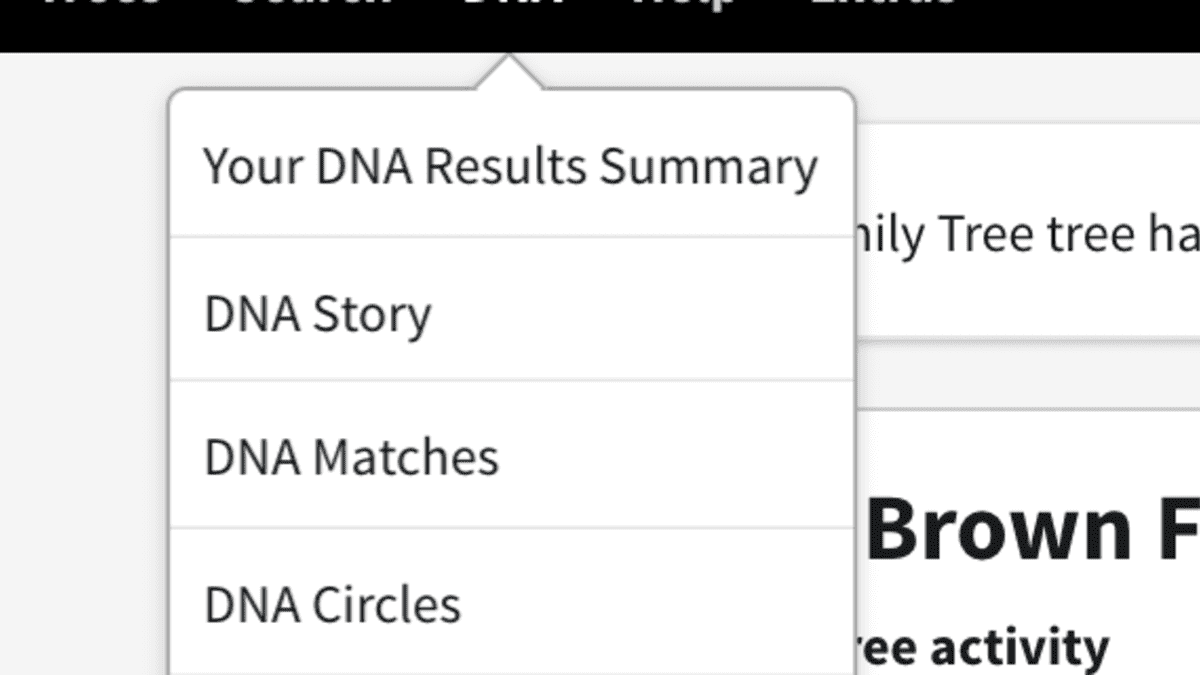
If by chance the program interprets it as German for twin 1 and English for twin 2, then the two will appear to be a little bit different. Remember those “missing calls” we talked about earlier? They can affect how a window is interpreted. These “windows” have around 100 or so DNA markers in them which translates to thousands of such windows. To get around this mixed DNA, the computer program analyzes small sections of the DNA at a time. They have lots of different ancestral DNA scattered in chunks throughout their DNA. Sounds easy enough but most people are not like the reference group. The parts that match landmarks German people have is considered “German”, the parts that match landmarks British people have is considered “English” and so on. The company compares your DNA to the DNA landmarks they found in these families. This reference DNA is the DNA of people whose families have stayed in a part of the world for a long time. These companies use what is called reference DNA to figure out where your DNA came from.

Even with the “missing calls” the companies can see that the twins have the same DNA. It wouldn’t take too many differences like this to shift enough DNA to make the two not look identical from an ancestry point of view.Īlthough ancestry predictions are affected by these unreadable spots, the test that figures out if people are related is not affected. So in the first case, a piece of one identical twins’ DNA might look English while the same or an overlapping piece of DNA will look German with the second identical twin. What might look English with a smattering of these missed reads, looks German with a different set of no calls.

These spots on the DNA that can’t be read in a particular assay can tip the ancestry scales one way or another. This can lead to slightly different ancestry predictions from the same DNA. Small differences in data quality can arise in different DNA samples from the same person (or twins). Each time someone’s DNA is read, you can end up with a different 2% being uninterpretable. But it still means that each test has thousands and thousands of spots that could not be read.Īnd importantly, the same markers do not come up as “missing calls” in different tests. These “missing calls” are an inevitable consequence of any test like the ones these companies run.Ģ3andMe reports that on average they get good reads on more than 98% of the markers they look at which is really very good. And how blank spots (or “missing calls”) in the data affect how the DNA is interpreted and/or split up into those pieces.

These differences mostly come from how the computer algorithm splits up the DNA into thousands of windows, analyzing one window at a time. (Image: Wikimedia Commons ) A few, often random “unreadable” DNA spots make ancestry predictions vary slightlyīut even when the percentages are small, this kind of thing is a bit more unsettling when you get different results from the exact same DNA. Despite slightly different ancestry test results, these identical twin boys have the exact same ancestry.


 0 kommentar(er)
0 kommentar(er)
